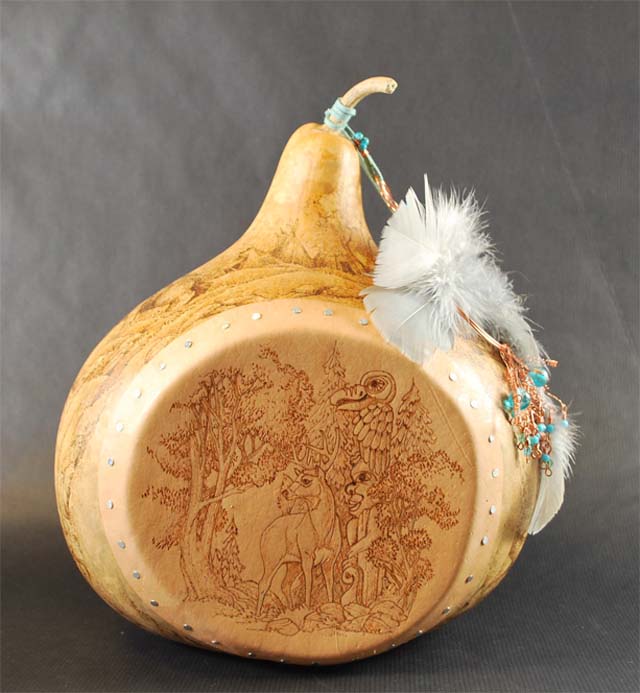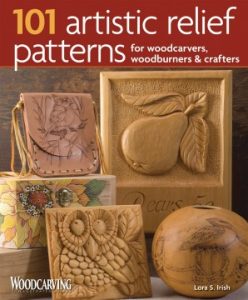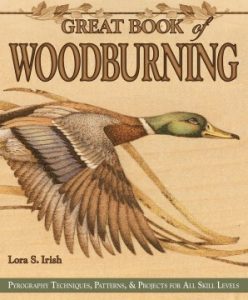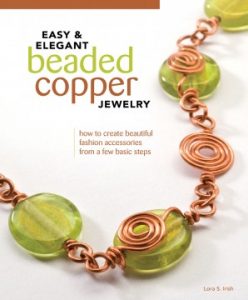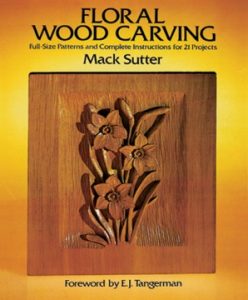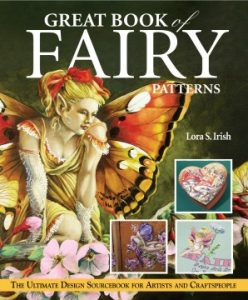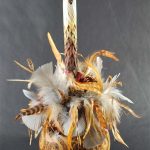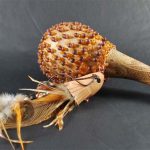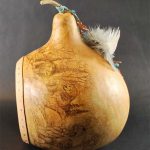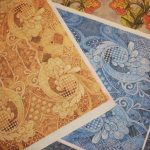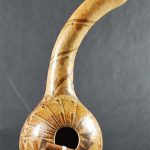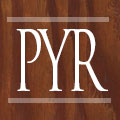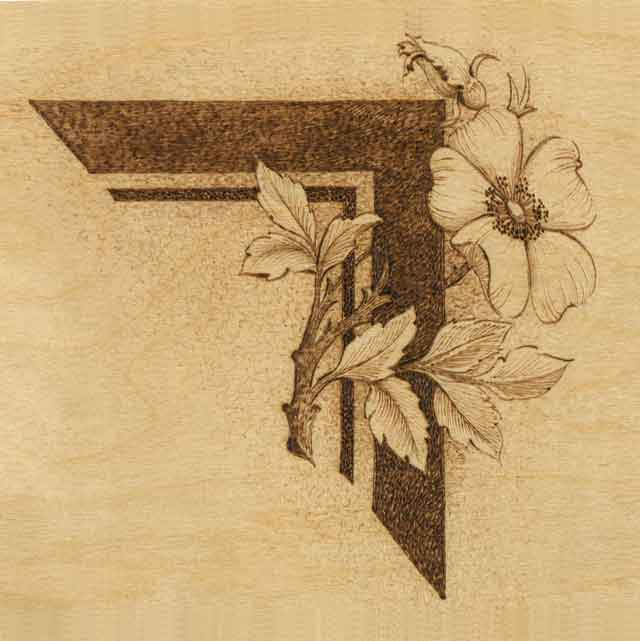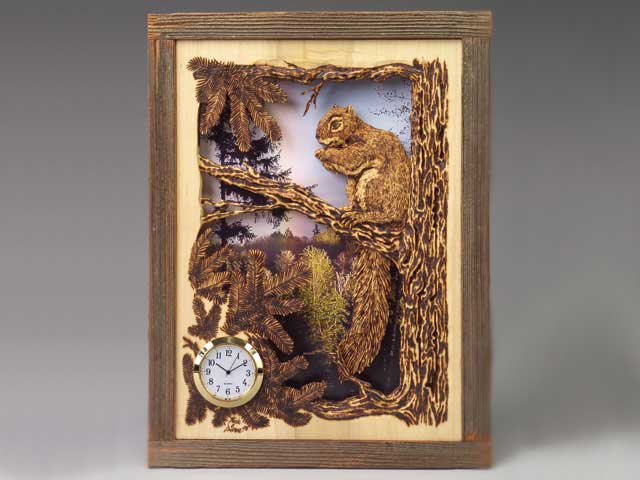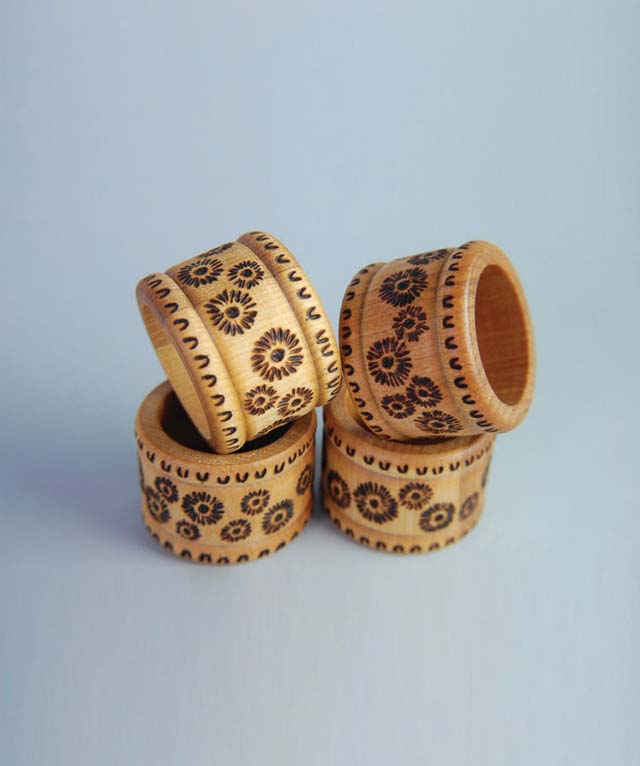There doesn’t seem to be a medium that Lora Irish hasn’t mastered or a technique she hasn’t tried. She’s literally written the book on pyrography, three styles of wood carving, scroll sawing, tattoo artistry, and copper jewelry making.
Lora draws, paints, sculpts, and scrapbooks. She’s recently become interested in gourds. Lora does everything, and does it well.
A consummate teacher as well, Lora shares more than 1,500 patterns, designs, and tutorial on her website, www.CarvingPatterns.com, and contributes frequently to Scroll Saw Woodworking & Crafts and Wood Carving Illustrated’s magazines and websites. Lora is a tireless mentor on the forums, sharing advice, tips, and enthusiasm. She truly enjoys spending time with virtual students and finds inspiration in their successes. Lora said, “There are very few crafts where a teacher can watch a student discover their own talents and quickly explode beyond our teachings. This is true for wood carving and for wood burning.
We, the teachers, can share the basic techniques of our craft, as they are fairly basic art principles such as shading, texturing, composition, and design. We do this through offering tutorials and step-by-steps. But once a student begins to apply those principles and techniques to their own themes or compositions, they stretch their abilities into new depths. It is so exciting to watch a new student that just a few projects before was carefully following each and every stroke in the tutorial suddenly explode into highly detailed, deeply shaded, visually dimensional works of art.”
Lora said her own early works were “little more than black and white designs or outlined designs with the use of a solid-tip one-temperature tool. With the cost of variable-temperature tools much more economical today, a wide range of tonal values can now become the major part of any work. It has been very much like going from the starter box of eight crayons to the super large box of sixty-four!”
Lora’s “crayons” consist of two variable-temperature pyrography machines: a Colwood and a RazorTip. “Both work extremely well, give consistent performance and provide a wide range of temp settings from extremely pale tones to a tip far too hot to use on wood,” she said. Lora uses the Colwood most often, appreciating its small base unit footprint and interchangeable tip system, but when she wants a quick change of pens she turns to the RazorTip and its dual pen system. She supplements the variable-temp machines with two Walnut Hollow solid-tip tools.
Estimating that she creates 80% of her burnings with just two tips, Lora said, “I always have my standard writing tip and my spoon-shaped shader out for any project. … The standard tip creates a nice, even, medium-sized line, which is perfect for texture and pattern fills. The spoon shader can evenly fill an area with one tonal value, giving a natural shading look. For extremely fine details, I use my spoon shader on its edge.” Lora thinks most works, and especially beginner projects, can be completed with just those two tips.
A trained fine artist, Lora said pyrography is a natural progression through the arts. “Basically, it is drawing with a hot-tipped pen instead of with graphite or pastels,” she explained. “Because our craft uses wood, gourds, canvas, and even leather, it takes our drawing skills out of the two dimensions of framed and matted paper, and into the three-dimensional realm.”
Lora uses all of the media she mentioned, but said her favorites are Baltic and white birch plywood. “Birch is a hardwood compared to basswood or poplar and has a very tight grain that seldom effects the shading of a design. Since it is a hardwood, I find that I have a wide range of tonal values available to me. Basswood and poplar, although they burn excellently, tend to go quickly into the dark tones.” Lora notes that birch plywood scraps are readily—and inexpensively–available on eBay and from furniture makers.
Lora is currently working on a manuscript about burning alternates to wood, including gourds, leather, canvas, muslin, chipboard, paper, and papier-mâché. She particularly enjoys working on white chipboard, noting that the squares “burn very nicely with their clean white surfaces.” Chipboard is inexpensive and easy to find at craft and scrapbooking stores, and also comes in natural gray and in pre-cut shapes.
Vegetable tanned leather, although more expensive and harder to find than birch and chipboard, “is a must for any pyrographer,” said Lora. “Leather burns at a low temp setting and shades far more evenly than any other surface that I have tried. … When I want to work a very realistic burning with graduated shading instead of texturing, I go with leather.”
Among Lora’s least favorite surfaces are papier-mâché and watercolor paper. “I find that both lean toward an uneven burning because of the ‘shredded’ or ‘fibrous’ nature of the media,” she said. “Too often I find myself filling in skipped areas in fine line work or suddenly hitting an area that burns instantly to black. Just frustrating.”
Just as Lora chooses a surface to match the type of design she is creating, she also chooses color techniques and media to suit each project. “I think this depends on the design that you are burning, the surface you are burning, and the final intended use of the project,” she explained. “Whimsical bird houses need lots of bright colors, where a realistic portrait of a child with their pet needs no coloring at all. Paper seems to want just a hint of coloring to tone down the large areas of white … so for me it is a project-by-project decision.” She elaborated, “Watercolors are easy coloring agents for most pyrography surfaces. Their transparency allows all of the burn lines to show clearly through the area’s color. A very light coat of reworkable artist spray sealer will allow you to build up several coats for intensity. I also like fabric paints. They work very similarly to acrylics or craft paints while giving a translucent effect.”
Lora’s advice for those new to pyrography is simple—and adamant: “Make a practice board with each and every project! A small scrap of the same media that you are currently burning can be used to determine which tips you want to use, what temp settings give the best tonal values, and what textures or shading are appropriate. A few moments of warm-up and practice can save any project from over-burning.
“Also, start and keep a larger practice board–a 12″ by 18″ sheet of birch plywood works well,” she advised. “Mark the board into 1″ squares and use each square to create a sample texture or shading. Also use the board to practice small elements of your projects, such as background trees or a bird’s feather. This board can be saved for reference for future projects to give suggestions for shading and textures in other projects.”
And if something doesn’t go quite as planned, despite the practice board? Lora Irish grinned. “They can always become outdoor bird houses or extremely fancy fire wood!”
For more than 1,500 downloadable pyrography and woodcarving patterns and designs, including free tutorials, visit Lora Irish’s website, www.CarvingPatterns.com. Look for Lora on the Pyrography Online and Woodcarving IllustratedScroll Saw Woodworking & Crafts forum forums, where her screen name is “Irish,” and the , where her screen name is “Wyvern_Wench.” You can also follow the development of Lora’s latest pyro tutorial, a Civil War scene, on the Pyrography Online website.
Lora’s Great Book of Woodburning is an invaluable resource for getting started in pyrography. For information about that title and Lora’s many other books for Fox Chapel Publishing, visit www.foxchapelpublishing.com and type “Lora Irish” in the search box.
- Lora enjoys mixing media in her projects. For this American Indian seed rattle, she burned the gourd, added feather decorations, and carved and painted the handle.
- Lora combined two of her favorite crafts, pyrography and beading, in this African bead rattle. Her book about beading, Easy & Elegant Beaded Copper Jewelry, is available now from Fox Chapel, and her new pyrography book will be out in 2012.
- A side view of the drum shown above. The side view shows the additional details Lora burned into the sides and also shows how the leather was attached to the drum.
- To make this fabric, Lora scanned her wood burning practice board and printed the images using her home computer printer.
- Lora burned native designs on this Southwestern Birdhouse, which she created for her new book, Pyrography for Wood, Leather, Gourds, Paper and Cloth, due from Fox Chapel in 2012.

